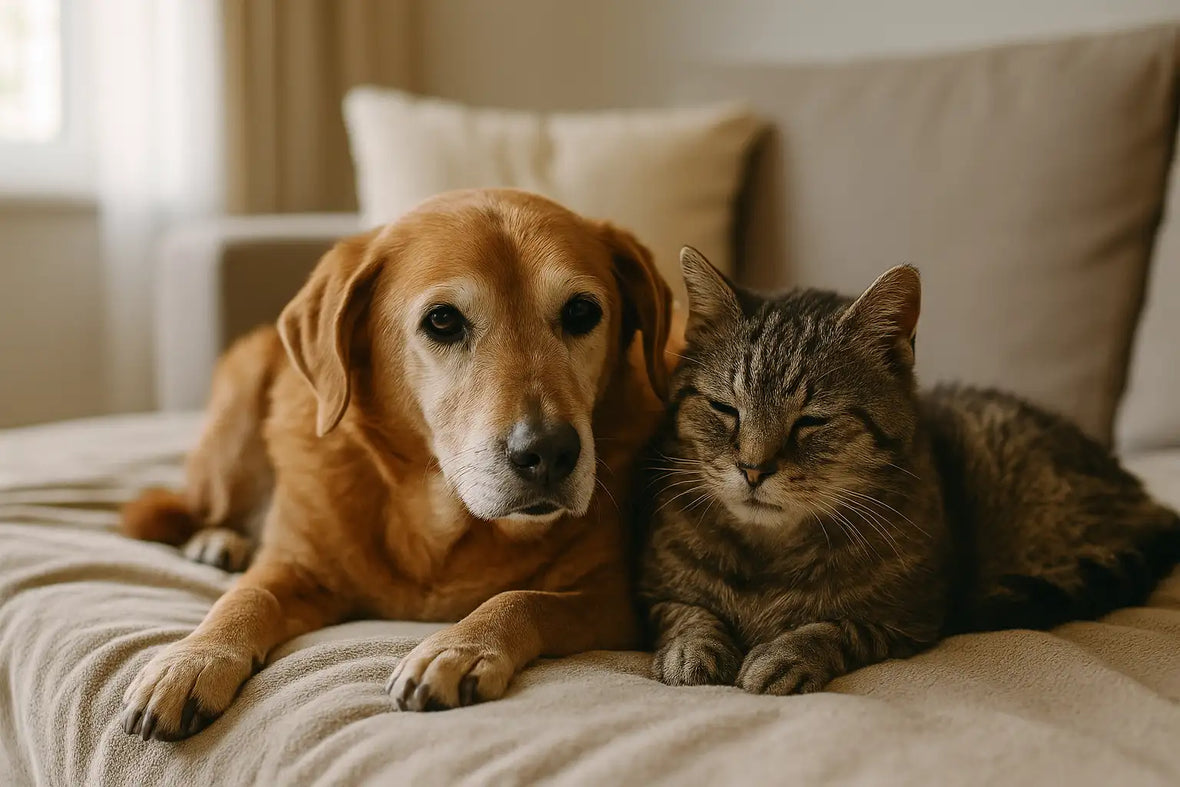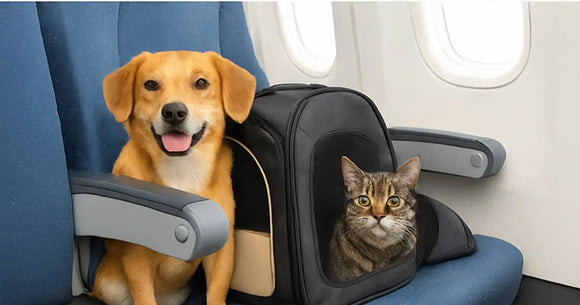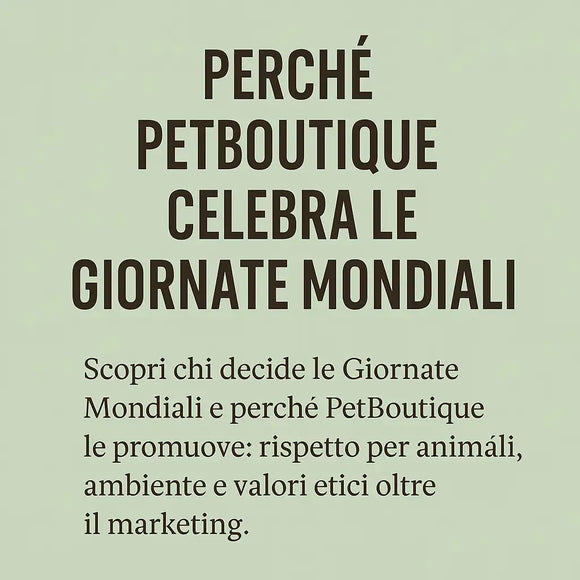
🐾 Veterinary Geriatrics: How to Care for Elderly Dogs and Cats
Adelchi Rainone
The life expectancy of dogs and cats is constantly increasing thanks to increasingly advanced care and growing attention from pet parents. While this is a positive sign, it also requires a more conscious and targeted approach, especially in the senior phase.
In this article you will discover:
-
When a pet can be considered elderly
-
The main diseases related to aging
-
Recommended veterinary check-ups
-
Innovative therapies to improve quality of life
-
The differences between elderly dogs and cats and how to manage them
🧓 When does your pet enter old age?
A dog over 7 years old is considered senior, but this number can vary depending on breed and size. Large breed dogs, for example, age faster.
For cats, old age is considered around 10 years, but signs of aging can appear as early as 7.
🏥 The most common diseases in senior pets
As they age, both dogs and cats can develop chronic and degenerative diseases:
For the dog:
-
Osteoarthritis and joint pain
-
Cognitive decline similar to human Alzheimer's
-
Kidney failure and heart diseases
-
Dental and dermatological problems
For the cat:
-
Hyperthyroidism
-
Chronic kidney failure (CKD)
-
Arthritis and motor difficulties
-
Feline cognitive decline
-
Changes in litter box habits, nighttime vocalizations
In both cases, it is essential to monitor behavioral changes, such as disorientation, apathy, or aggression, which may indicate physical or cognitive discomfort.
🔎 Checks not to be postponed
A comprehensive veterinary geriatric visit should include:
-
Blood and urine tests
-
Abdominal and thoracic ultrasounds
-
Orthopedic checks
-
Dental status evaluation
-
Eye exams
-
Cognitive tests (especially for dogs)
For cats, we add:
-
Blood pressure monitoring
-
Thyroid check
-
Tests for kidney function
🧬 Innovative therapies for a longer and more peaceful life
In addition to traditional drugs, today we can rely on non-invasive and highly effective treatments:
-
Laser therapy: reduces inflammation and joint pain
-
Ozone therapy: improves tissue oxygenation and supports the immune system
-
Nutraceutical supplements for joint and cognitive health
-
Specific senior nutrition with functional ingredients
🐱 The elderly cat: a world to explore gently
Cats tend to hide pain more than dogs. That’s why it’s important to observe small signs such as:
-
Less desire to play or jump
-
Changes in appetite
-
Irregular use of the litter box
Providing an elderly cat with a quiet environment, easily accessible litter boxes, and comfortable resting areas makes a big difference in their quality of life.
💛 Prevention, love, and daily attention
Investing in prevention is the best gift we can give our four-legged friends. A veterinary visit every 6-12 months, targeted supplements, and small daily precautions make a difference.
Remember: an elderly pet is not a sick pet. With the right care, they can live many more years, happy and healthy by your side.











